A Black Introvert's Guide to Conflict and Alpine Climbing
Rebecca Ross prepares a meal on Mt. Kazbek high up in the Georgian Caucuses. Photo courtesy of Alper Gunay
My climbing expedition started at the Tbilisi Airport in the Republic of Georgia. As I walked downstairs from passport control, I met my Turkish climbing partner for the first time. Prior to meeting each other, we had spent months online getting to know each other, assessing our skill levels, and detailing the logistics required to tackle two mountaineering objectives: Mt. Kazbek (16,512 ft) and Tetnuldi (15,938 ft). The thought of traveling over 6,000 miles to another country in order to climb two beautiful peaks with a total stranger sounded exhilarating—it sounded adventurous! I mean seriously, what an incredible opportunity, what could possibly go wrong?
“We were both furious and wanted off the damn mountain. ”
We started our expedition with Mt. Kazbek, a dormant stratovolcano in the Caucuses and the third highest peak in Georgia. Apart from weathering a common cold and altitude sickness, which caused fluid to build up in my lungs, it was a straightforward and successful five day climb. The 25-mile route included four days of climbing and a one day weather hold while we waited for conditions to improve. After the descent, we made our way back to a guesthouse in Kazbegi. We were exhausted but the packed schedule meant we had little time to rest and one more summit ahead of us, Mt. Tetnuldi.
From Kazbegi, we took an eight-hour bus ride back to the capital of Tbilisi to restock our supplies before catching a six-hour train ride and a four-hour marshrutka (mini bus) to the small town of Mestia. Packing and repacking our large duffle bags and backpacks and hauling them around became a regular routine that we absolutely loathed, but it had to be done.
Rebecca Ross traverses a glacier on Mt. Kazbeck. Photo courtesy of Alper Gunay
During our trip we combined long trips by train, marshrutka, and taxi with relocations from guesthouse to guesthouse—all without scheduled time to decompress. That was a mistake. The introvert in me desperately needed time alone. As the trip progressed, my habit of shutting down during moments of frustration or conflict led me to withdraw instead of communicate my feelings. I wanted so badly to be done with Tetnuldi and to spend the remainder of my time in Georgia drinking a chilled glass of infamous Georgian red wine—all while intimately indulging in Georgia’s incredible hospitality. Unfortunately, my climbing partner picked up on my change in mood, causing a shift in our team dynamics.
Then we were off again on our second climb. And that’s when things started to go south. Poor communication from the beginning had been a source of conflict, causing me to withdraw even further. Now our communication broke down completely. As we arrived at the trailhead of Tetnuldi, I dashed off ahead, giving myself time alone to calm down, but really it just fueled my anger.
The author takes in the view from high camp on Mt. Kazbek. Photo courtesy of Alper Gunay
Thankfully, the approach to base camp was a simple hike, with a few stream crossings and occasional route finding here and there. About three hours later, we arrived at basecamp, which was located in a beautiful, lush, green landscape at the base of immaculate granite peaks. Who could feel disgruntled in a place like that? Sadly, the answer was me. And my partner as well, because we both made each other’s lives a nightmare for the remainder of our climbing expedition.
After setting up our tent and getting settled we still had loads of time on our hands. Our schedule gave us nearly a full day to rest before a strenuous ascent to high camp that next day. Sounds great, right? Wrong. That meant a full day of boiling water, sleeping, and eating our separate meals all in silence, eventually watching the sun settle over Tetnuldi from opposite sides of our camping area.
That next day things got even more…let’s say interesting. We donned our helmets and gear and broke down camp. Barely able to spend more than a minute in each other’s presence, I scuttled away. I scrambled over boulders, some covered in snow. Then I paused. Since this was my first time tackling any peaks in the region, I knew I should wait for my climbing partner, who had one previous Tetnuldi summit attempt under his belt, to lead the way.
After taking a moment to put on our crampons and switch out a trekking pole with an ice ax, we started up a couloir—a steep, narrow gully on a mountainside, that involved a mixture of snow, ice, and rock. The terrain kept getting steeper, making me question my ability to continue climbing this particular peak. I watched my partner continue ahead, struggling to hoist over the rocks with his crampons. I was getting nervous. I also was concerned about my heavy-ass pack, which was nearly half of my body weight.
Melanin Base Camp is partnering with Beast Fingers Climbing to produce a short film about climbing prodigy Sabrina Chapman and we need your help. We have just 8 days left to reach our funding goal. To learn more, check out our Kickstarter.
The author gazes up at Mt. Tetnuldi from base camp. Photo courtesy of Rebecca Ross
I stopped mid-way up the couloir. Up ahead, my climbing partner turned back to shout, “Do you want me to send the rope down?” I paused; I knew I should be able to climb a simple 45-degree slope. That was the maximum steepness on Tetnuldi according to our research. My self talk sounded something like this: ‘This shouldn’t be intimidating; I’ve done this plenty of times. I really should be fine without a rope.’ However, I didn’t move. “Do you want the rope or not?” my climbing partner asked impatiently. Pushing my pride aside I yelled back, “Yes!”
I braced myself on the loose rocks while waiting for him to build a snow anchor in order to send down the rope. When the rope finally reached me, I attached myself to it and started to climb. Once I reached the anchor, I was shocked to realize that there was only one picket. Based on my technical training, I knew that redundancy is vital—we’re taught to always having two safety points in case one fails!
We were nearly 40 ft from the top of the ridge. I was mentally taxed and knowing that we would eventually need to descend through the same steep couloir to get out of this nightmare wasn’t helping. I just didn’t realize it would be so soon. As my climbing partner climbed up ahead to scope out the terrain, his body language told me everything I needed to know—we had taken the wrong path! A path that was much steeper, more difficult, and led to a dead end. Now we would have to turn around and descend.
In order to get back down we had to plan our escape. I had him add my picket to the anchor to reinforce it before lowering me down. The 30-meter rope only reached half-way down the couloir. Once I ran out of rope, I unattached myself from the rope and waited for him to lower himself off the anchor. The plan was for him to climb down, ditch his pack, climb back up to remove the anchor, and then climb back down—a task I was thankful to not be doing. On his way down, his leg plunged through a patch of snow pitching him backwards. He caught himself by grabbing onto the rope. It was the scariest and longest 30-seconds of the climb. We were so far from anyone else that this incident could have easily turned tragic. After taking a moment, he ditched his pack and headed back up. At the top of the couloir he made a shocking discovery. The single picket that he had placed had been yanked out of the snow when he fell; leaving my second picket in place—which is why redundancy is everything! We were stunned and thankful.
The snow and ice-capped peak of Mt. Tetnuldi (15,938 ft). Photo courtesy of Rebecca Ross
After that ordeal, we made it back down to the boulder field when it started to hail with thunder claps sounding loudly overhead. My only focus was to avoid becoming a human lightning rod courtesy of the metal ice ax and pick sticking out of the top portion of my pack. I planned to retrace my tracks, following a path of cairn placements. I looked back at my partner and was surprised to find him ascending higher, taking a different way. I shouted, “why are you ascending?”. Through the deafening hail and thunder, he ignored me and continued upward. Moving as fast as I could over the scree and boulders without slipping or breaking an ankle, I made it back to our camping spot. After over an hour with no sign of my partner, I began to worry. Is he waiting for me? Did he get hurt? Is he ahead of me, on his way back down to the trailhead? My thoughts were racing. I looked at the time and decided to wait another 20 minutes before taking action.
Finally I spotted him heading towards me. As he neared, we immediately broke out into an argument. We were both irritable from waiting for each other in different spots. We were drenched down to our socks despite wearing our double insulated mountaineering boots. The cards were stacking quickly against our summit bid. The intense storm rolling in confirmed that we had missed our precious weather window. The wet socks, miscommunication, and time lost meant the climb had to be terminated. We were both furious and wanted off the damn mountain.
Prior to her expedition in the Georgian Caucuses, the author climbed stratovolcanoes in the Pacific Northwest United States like Mt. Hood (Wy’East) which is pictured here. Photo courtesy of Rebecca Ross
Finally, we made it back down to Mestia where we were now faced with a surplus of unscheduled, unplanned days, six to be exact. Our shared room at the guesthouse suddenly seemed unbearable. It felt like neither one of us wanted to share the same oxygen. Since he had booked the only room available and planned on staying in Mestia for awhile, I had to decide if I wanted to relocate to another guesthouse or not. Being far too lazy to repack, once again, and drag my bags to another place, I opted to stay put. That evening I had spent a single night out in self pity and relief, at last, imbibing a bottle of extremely overpriced wine that was clearly meant for foolish tourists.
That next morning, I woke up with a foggy head and a strong desire to clear my conscience. I realized that I had to make things right. I had to face the conflict instead of turning away from it. So we sat down and talked through the mounting pile of frustrations, differences, miscommunications that had leeched the life out of our climbing trip. We came to realize that we were both overwhelmed with the constant traveling and mentally exhausted from Mt. Kazbek. Tetnuldi didn’t have our full attention, nor did it have our motivation. Burn out eroded our ability to communicate and made it easier for us to take out our frustrations on one another.
In retrospect, we should have spaced our climbs further apart, building in time to rest and recharge. Every day we spent exploring Mestia we truly got to know each other and better understand each other’s personalities. We turned over a new leaf, putting the past behind us and learning from the experience.
All in all, it was still an amazing expedition. I learned as much from everything that went wrong as I did from what went right! I feel confident that on future climbs I’ll take the time to talk about communication styles, preferences and how I respond to conflict with my climbing partner—whether they’re a complete stranger or not—before it happens. Those skills are just as important as climbing hard!
Thankfully, our ability to reconcile our differences allowed us to become incredibly great friends. Who knows, we may just find ourselves climbing together in the future.

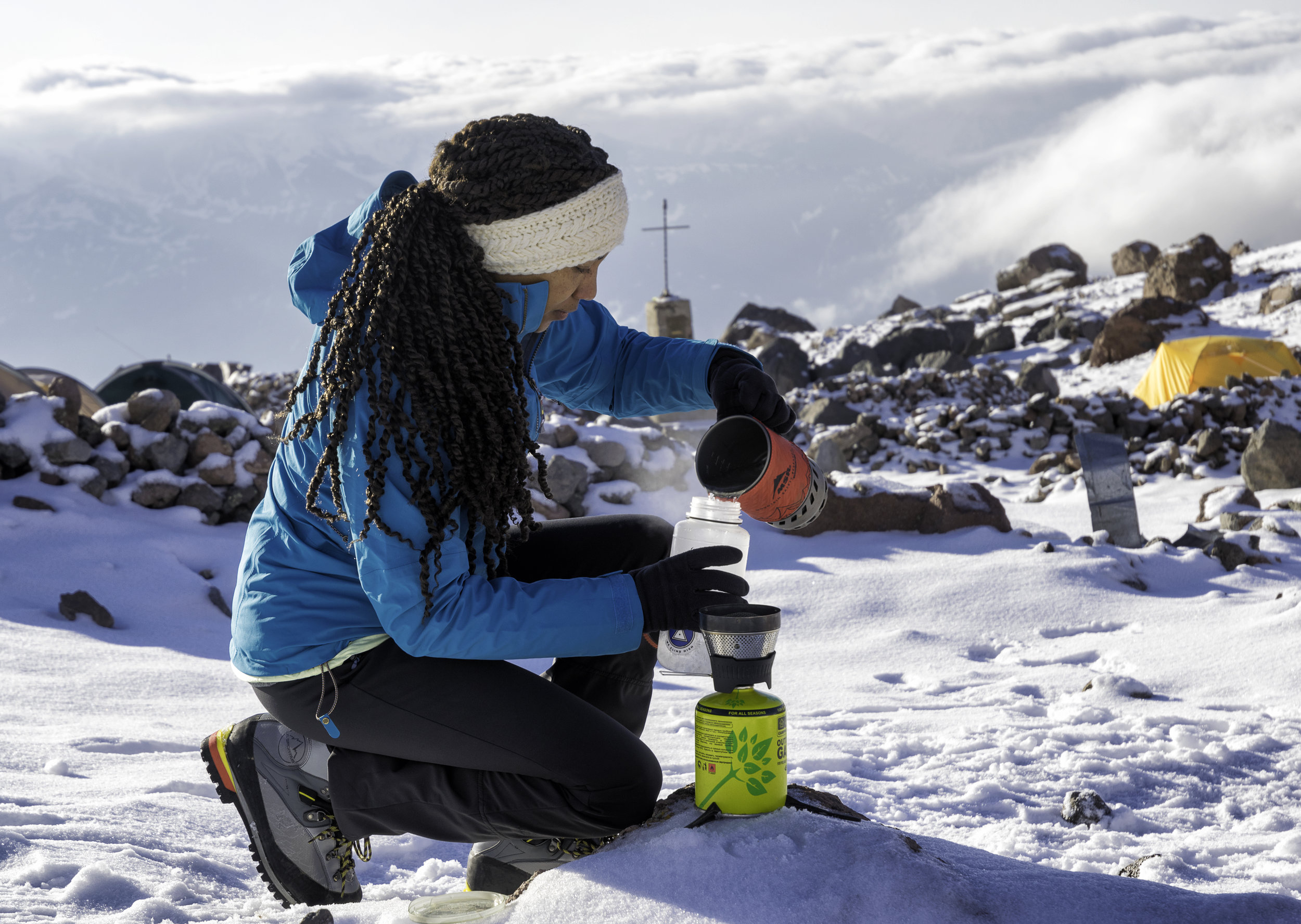


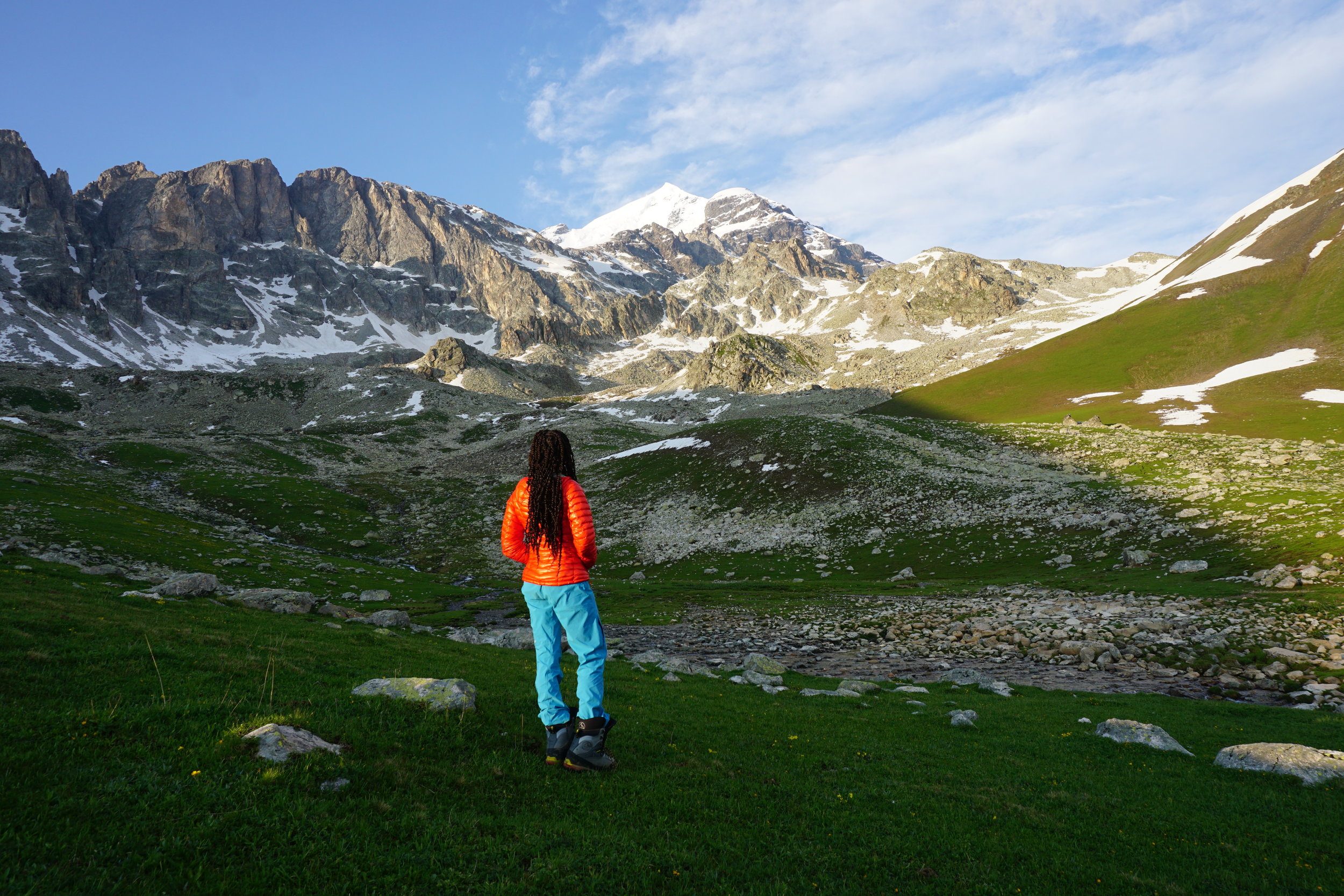










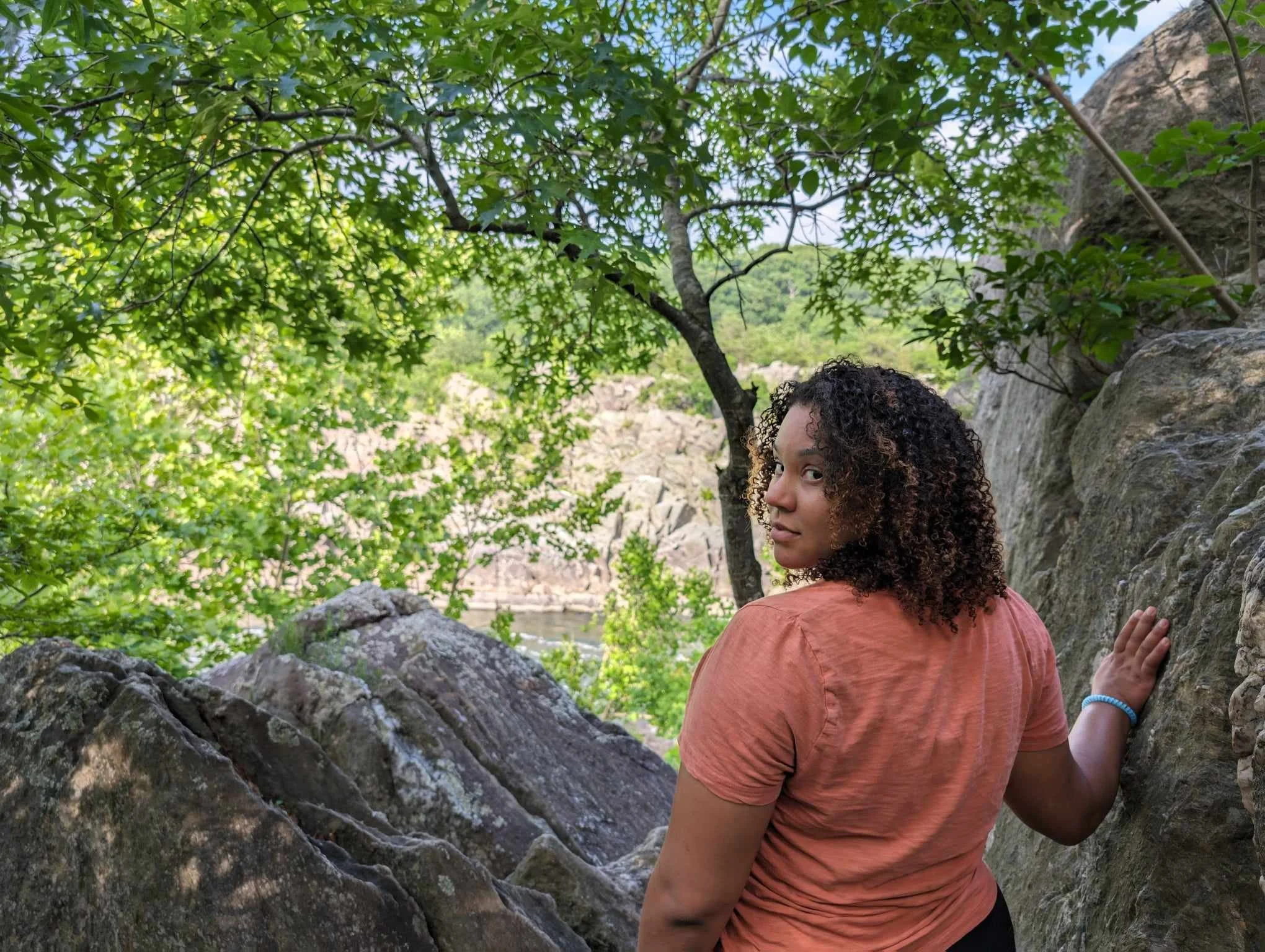

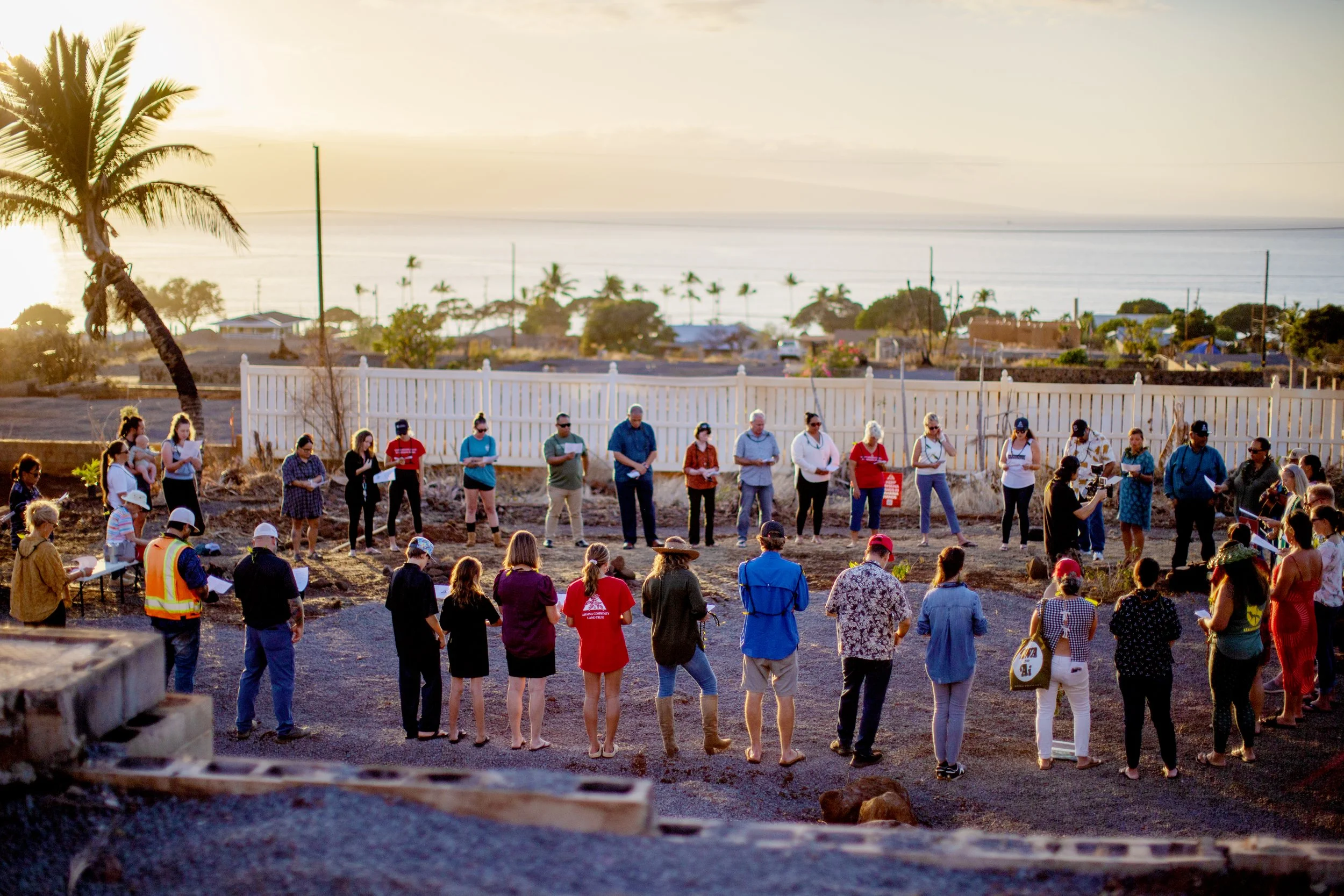


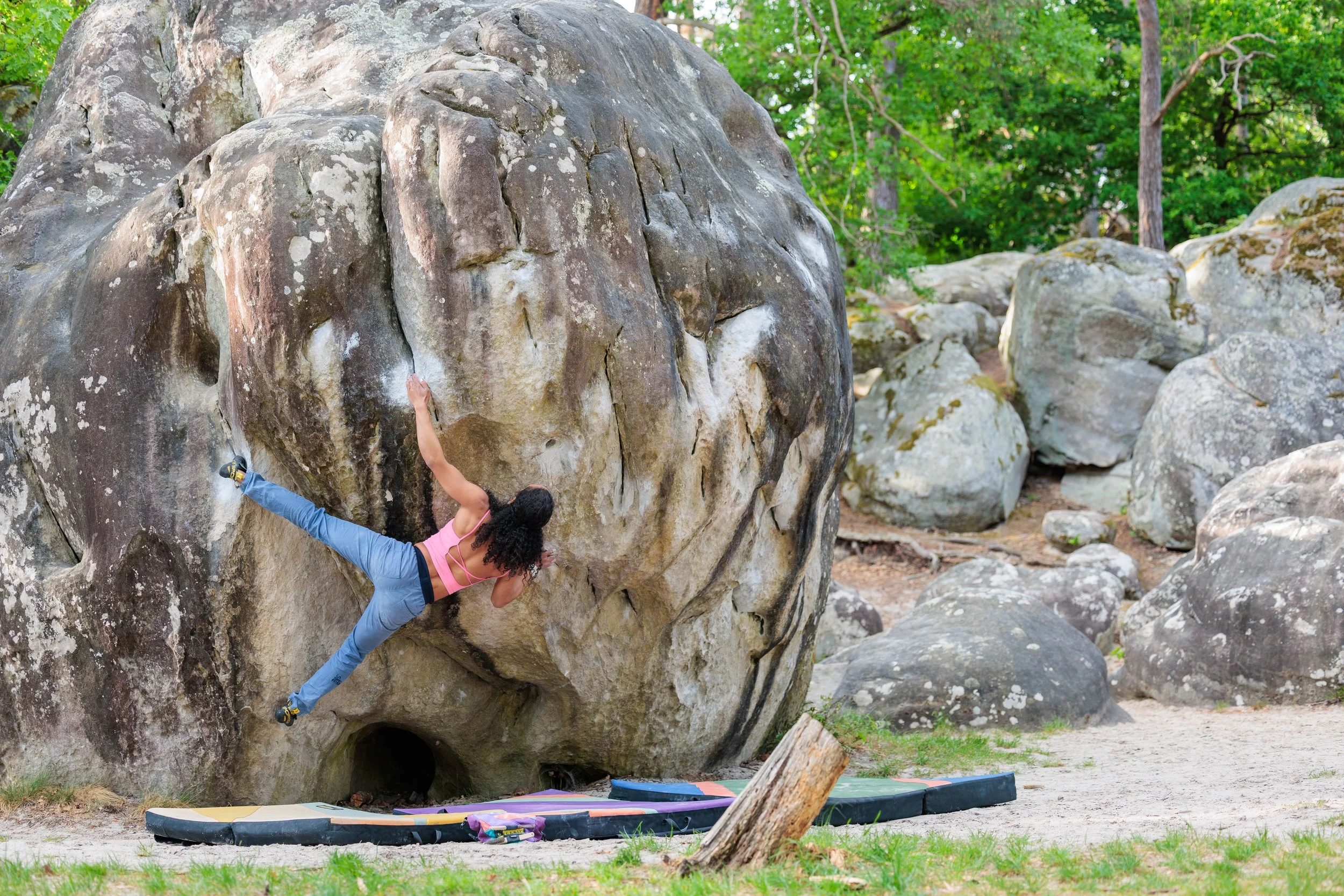
This summer my partner James and I took on the task of designing and building our own backyard climbing wall. Here are several lessons we learned along the way!